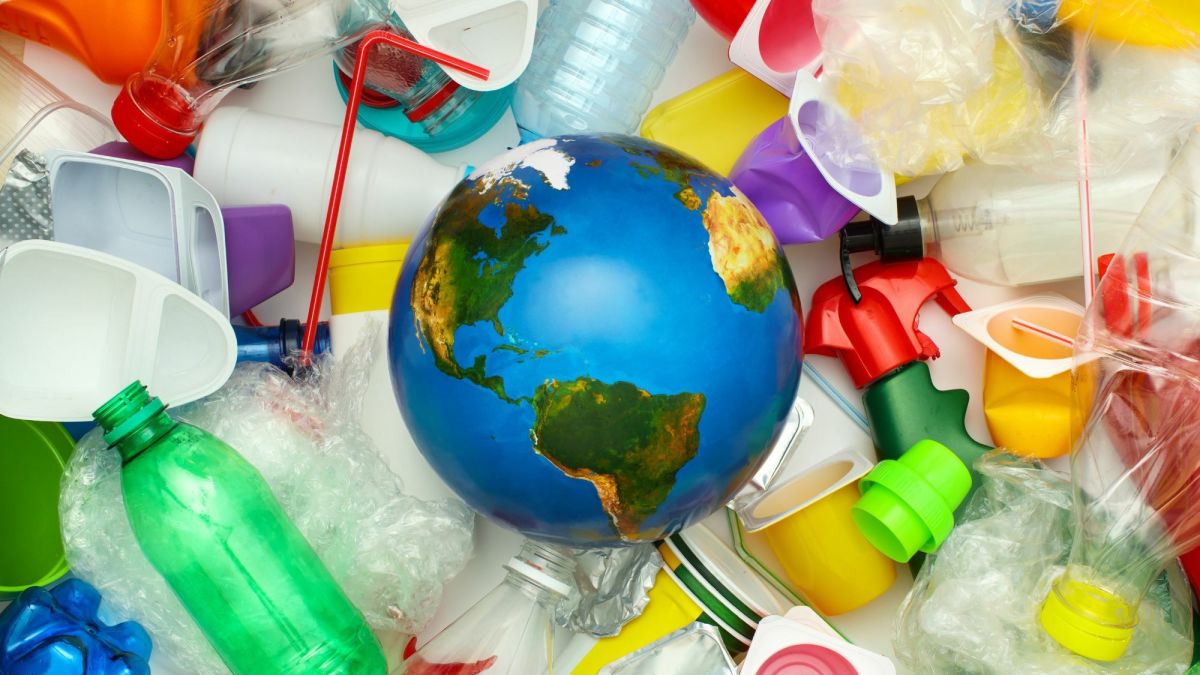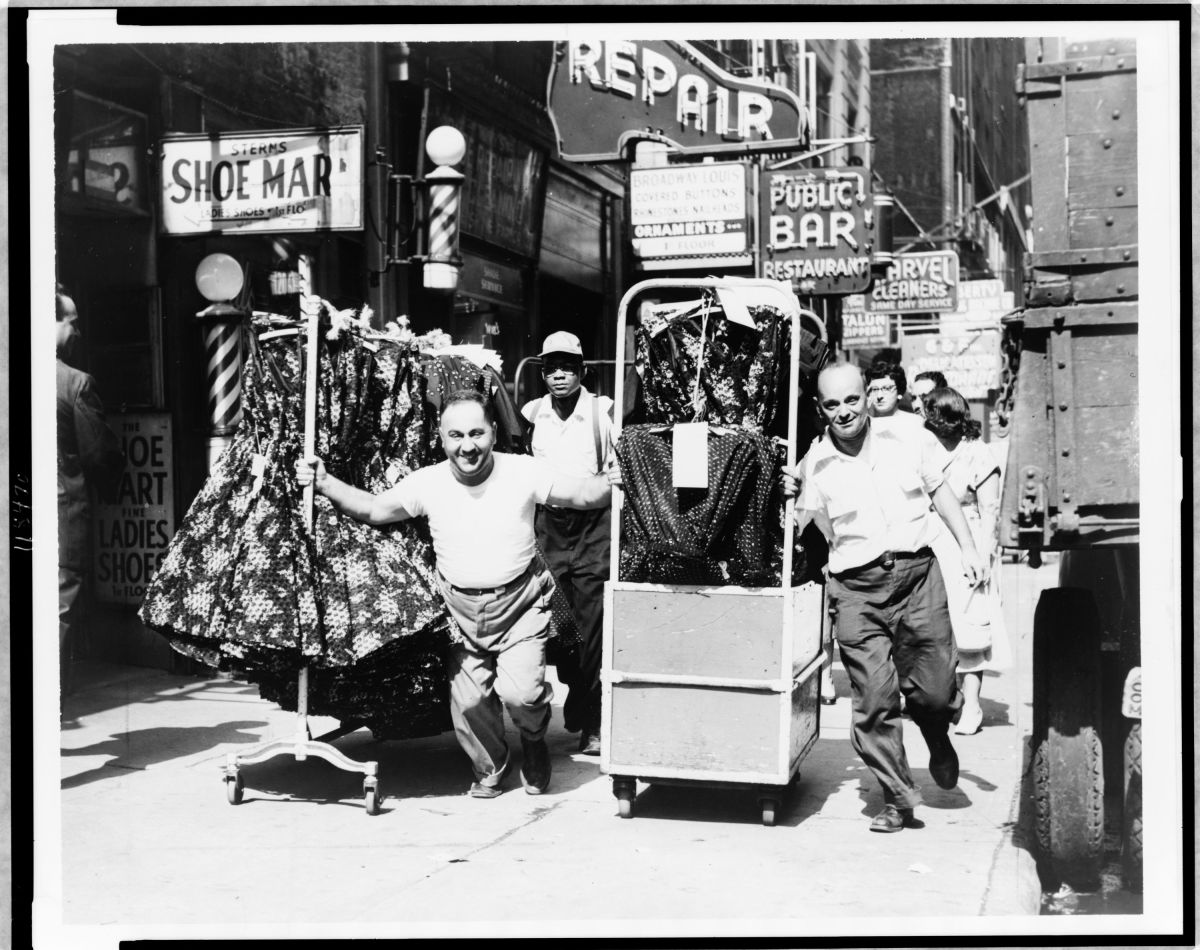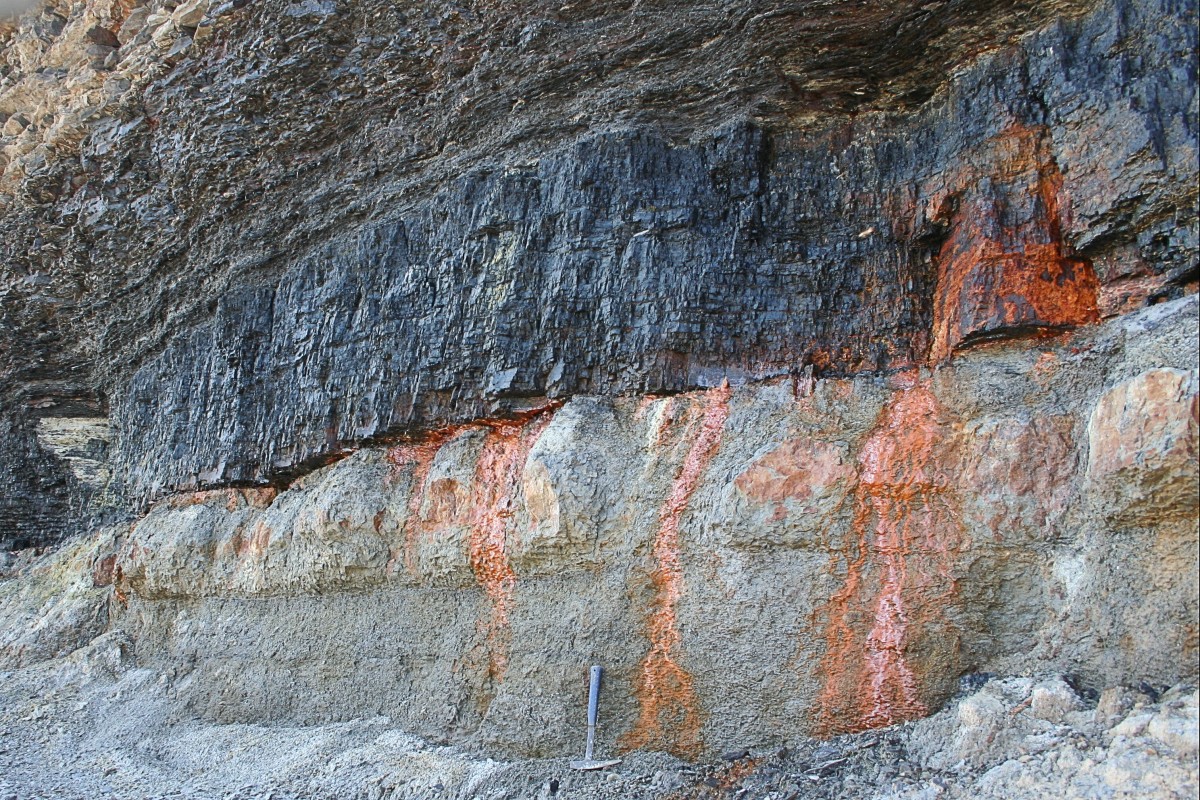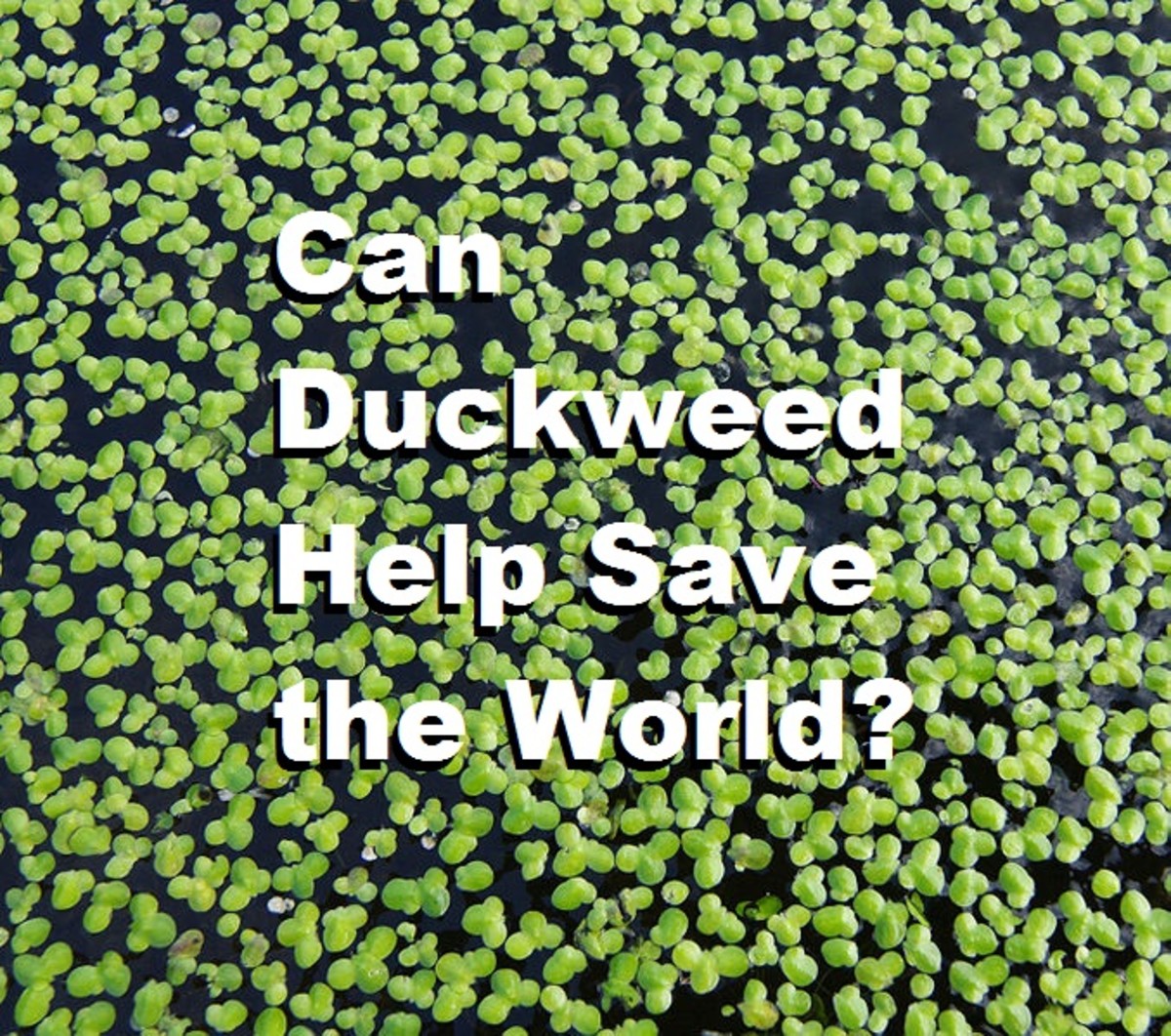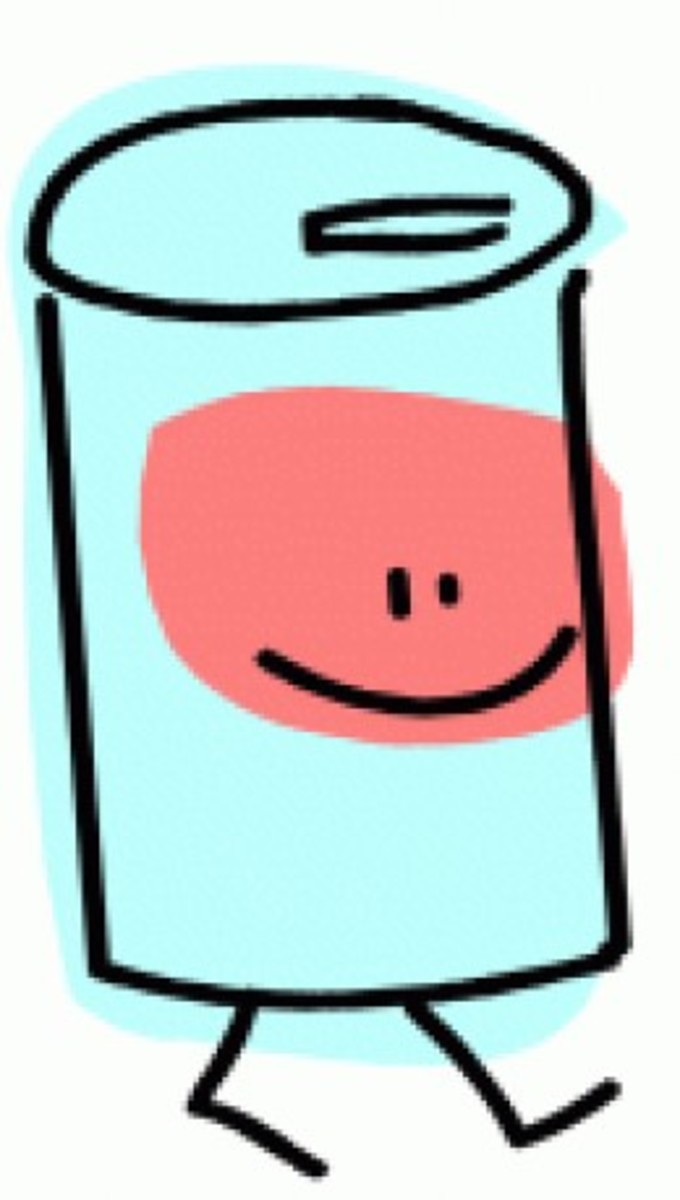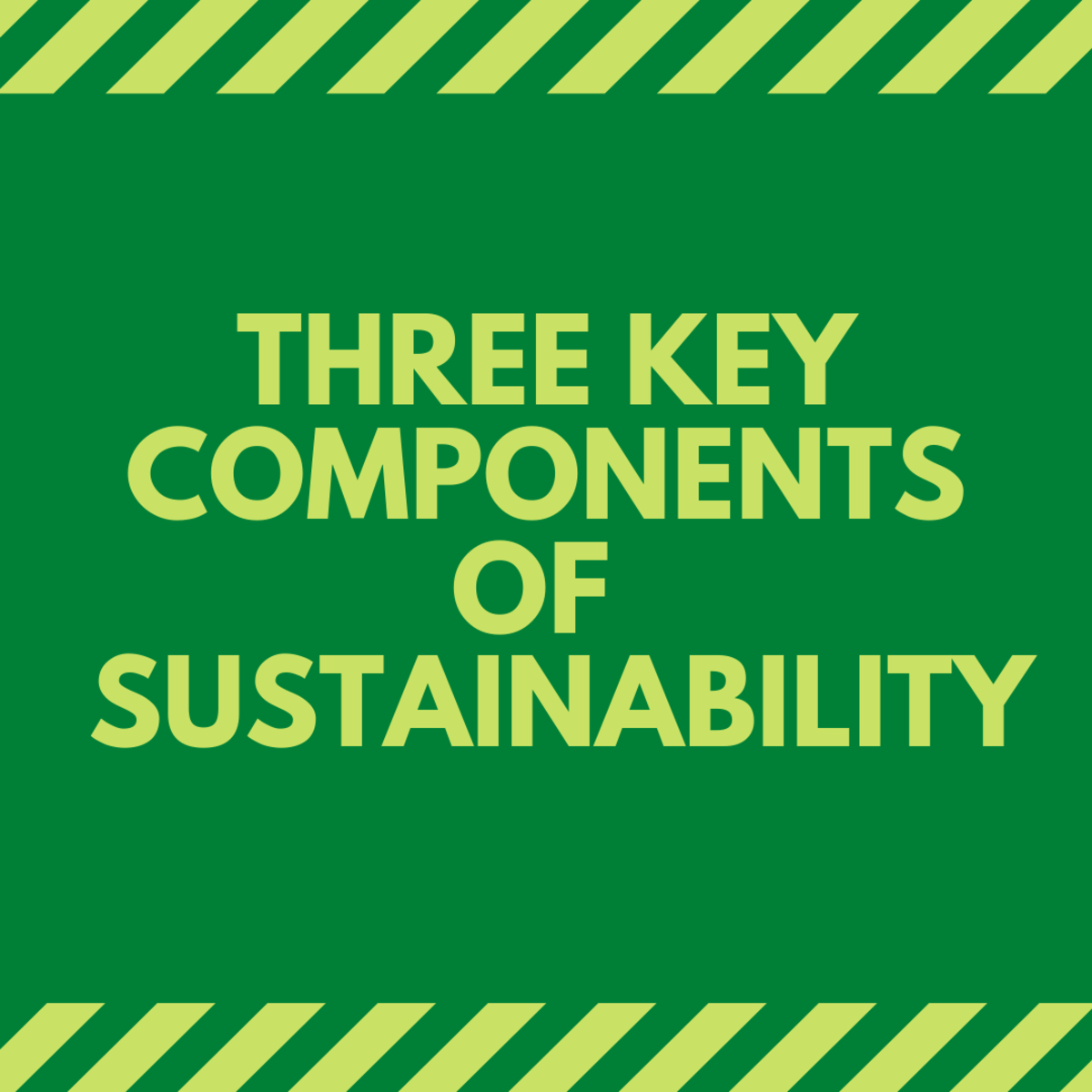Plastic Kills
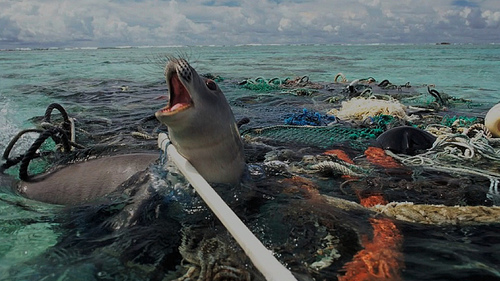
Texco, Waitorse and Sainsbury Responsible for the Death of Whales
Not only Tesco, Waitrose and Sainsbury are responsible for the death of the sperm whale that was washed up on the Spanish south coast in the beginning of 2013. It was the plastic bags used at the greenhouses that deliver produce to the supermarkets that caused the whale's stomach to burst after swallowing 37 pounds of plastic. The world population who uses plastic products on a daily basis contribute to this phenomenon as well.
Over 250 marine species including half of all sea birds, turtles, dolphins and whales are suffering from plastic waste that is dumped into the ocean. Little pieces of plastic are broken down and also ingested by fish which is consumed by the upper end of the food chain: by us.
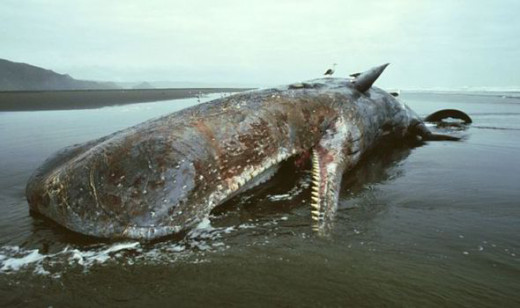
Plastic is Everywhere
If we take a look around us, we wouldn't be able to lead our current modern and comfortable lifestyle if it wasn't for plastic: computers, cell phones, toothbrushes, yoghurt cups, plastic bags, hair dryers, shampoo bottles and even clothing. These products are made from plastic of which the main resource is oil.
Before the majority of the global citizens, as well as politicians and policy-makers have not realized and recognized, however, that plastic is dangerous, harmful and life-threatening to most specias on this planet, a change is very unlikely to happen in the near future.
Read about how the leatherback turtle is affected by plastic
- Leatherback Sea Turtle - A Critically Endangered Species
The leatherback sea turtle is one of the most critically endangered species that live in the tropical and sub-tropical oceans and are near extinction in the Pacific Ocean.
How Dangerous is Plastic?
Plastic is beautiful, it's practical, it's lightweight.... it's dangerous.
Research has found that 90% of the people in the western world have substances inside our bodies that stem from plastics which were broken down by the elements. These substances are most probably responsible for many illnesses caused by civilization.
240 million tons of plastic are produced every year worldwide for which four to six per cent of the worldwide oil production is used. The plastics industry generates a turnover of 800 billion euros per year. The amount of plastic that was produced on earth since the invention of plastic would be sufficient to wrap the earth six times in a film of plastic.
The industries most dependent on plastic are the packaging industry (33%), the construction industry (25%) and the electrical engineering and electronics industry (25%).
Only few amounts of plastic waste is recycled. According to the UN, 80% of the waste which is approximately 6 million tons, is redirected into rivers and then into the oceans every year.
Plastic is not biodegradable but it breaks apart into smaller and smaller parts. The sand at the coasts already contains a certain amount of plastic.
In the Pacific Ocean, a gigantic pool of plastic made up of three million tons of plastic has formed which turns in a circle due to the ocean currents. The plastic parts are turning into smaller and smaller parts. The ocean waste is growing continuously and is estimated to be twice as big as the US state of Texas. Many ocean species are ingesting the plastic parts as they mistake them for food and have to die a painful death.
You Might Also Be Interested In:
- What Is Happening To Our Planet And What We Can Do To Stop It
Industrialization, deforestation and pollution are destroying are planet and its plants and animals. Humans’ energy needs grow day by day and the emission of greenhouse gases is increasing. We can do something to stop it. First we need to understand - Bamboo, the Green Treasure
There is nothing that cannot be made of bamboo. This is a green treasure that humanity has and we are still finding out a lot of things about it. From remedy to bicycle, the bamboo can be used to create many environmentally friendly things. This plan - Ecotourism on Madeira
Many people come to Madeira every year to go hiking in the mountains and forests. Madeira is a paradise for nature lovers and those interested in leaving behind a minimum carbon footprint will find what they are looking for in Madeira, a destination
The Different Types of Plastic and Their Effects
Plastic can be produced from natural resources such as from the rubber of the rubber tree juice as well as synthetically from oil.
The majority of the plastic used today is produced synthetically. Some types of plastic are unproblematic, others release troubling substances during the production, the use or the disposal and are suspected of causing numerous diseases caused by civilization.
Bisphenol-A
Bisphenol-A (BPA) is one of the most widely produced chemicals in the world. BPA is the main component of the plastic used in baby bottles, food packaging, water cookers CDs and car parts.
Bisphenol-A can be found in 90% of the people in industrialized nations including in the blood, in amniotic fluids, in the uterine tissues and in the blood of the umbilical cord.
BPA belongs to the endocrine disruptors because they have a hormonal effect and can influence the body's regulatory system. It can permanently change the nervous and hormonal systems, developmental and behavioral problems, damage of the brain activity, prematurity, reduced fertility, diabetes, cardiac diseases and even DNA damage and cancer. The highest concentrations of BPA were detected in small children and embryos.
Phtalates
Phtalates are the most common industrial chemicals. They are mixed to plastics in order to make them elastic and bendable. We become into contact with evaporating plasticizers in new cars, coating agents, rubber products, adhesives, hairsprays, nail polish and many other medical and pharmaceutical products. Phtalates are chemically not bound with the plastic and reach the environment by evaporating or being released. Phtalates are carcinogenic, damaging to development and impair our fertility. They are also suspected to cause asthma and allergies.
90% of phtalates are used for the production of PVC. From the production until its disposal. PVC causes a number of serious health and environmental problems. People working in the PVC production industry are exposed to the risk of getting lung and joint diseases. The disposal of PVC is a huge problem because its burning causes the forming of chlorine and highly toxic dioxins. The recycling of PVC is very expensive which is why only 1% of PVC is actually being reused. Nevertheless, the worldwide production of PVC is currently growing by 5% per year.
PAHs (Polycyclic aromatic hydrocarbons or 1000 cigarettes per hour)
PAHs are a natural component of oil and coal. The main sources of PAH contamination is traffic and bad ovens. It is however also found in tobacco smoke and grilled or smoked fish and meat products. In order to save costs, cheap and contaminated oils are used as phtalates which leads to a higher PAH-concentration in numerous consumer products. Thus PAH is taken in by humans over the skin.
Many PAH compounds are carcinogenic and damage the development of the fetus in the womb. A study showed that one hour of driving a car leads to the ingestion of the PAH compound Benzo(a)pyrene, which corresponds to the consumption of 1000 cigarettes. A GS quality mark can protect you from high PAH concentrations. Besides, rubber and plastic products should be avoided that smell very strongly as this is an indication ofr a high PAH contamination.
Acetaldehyde in carbonated PET bottles
PET is a plastic which mainly used for beverage bottles as well as packaging and cosmetics. With time, PET bottles release acetaldehyde and antimony into the liquid. Acetaldehyde is suspected to cause cancer. In order to avoid ingesting Aceltaldehyde, it is recommendable to drink carbonated drinks out of glas bottles.
A Woman Living 1 Year Without Plastic
Can We Live Without Plastic?
Hardly anyone will through away their MacBook or iPhone after reading this article. We are too much dependent on these products for multiple reasons which makes it impossible to become independent from plastic in our everyday life. However, you can make changes, although they might be small changes. The following list of 10 suggestions to start avoiding plastic is only a start to improving our plastic habits. But if each and every one of us would start, there would be less whales and sea turtles dying due to plastic contaminations in the oceans.
- The moment you step into the supermarket, start thinking about alternatives to plastic packaging. Obviously, it will be hard to find toilet paper that is not wrapped in plastic or toothpaste. But there are alternative choices you can make such as buying beverages, yoghurts and other liquids in glass bottles.
- Say no to straws!
- Take a bag made of cloth to the supermarket or simply your backpack. You will avoid having to purchase plastic bags and you can reuse the cloth bag for many years.
- Choose the good plastic such as biodegradable plastic.
- Take part in recycling. In countries such as Germany and Switzerland, garbage has been separated for decades and it is part of the people's lifestyle. Inform yourself about local recycling programs and participate!
- Use airlines with active recycling programs such as Lufthansa
- Love going to Starbucks? How about bringing your own mug?
- Avoid fast food and enjoy slow food. Most of the meals that you cook from fresh produce will generate less plastic than processed food and complete ready meals that you can buy at the supermarket.
- Use natural cleaning products
- Avoid using plastic dish scrubbies and use natural sponges instead. They will also last much longer than the artificial ones.
- Use bamboo clothing and other products made from bamboo due to its many environmentally-friendly effects.
Read more about how to stop plastic pollution
- Stop Plastic Pollution - Replacing Shopping Bags - Use Cloth Instead
If you're still using plastic bags, shame on you. Find out how plastic kills marine life and pollutes our planet. Replace plastic bags with canvas bags . Tote bags hold more and can be cleaned.

